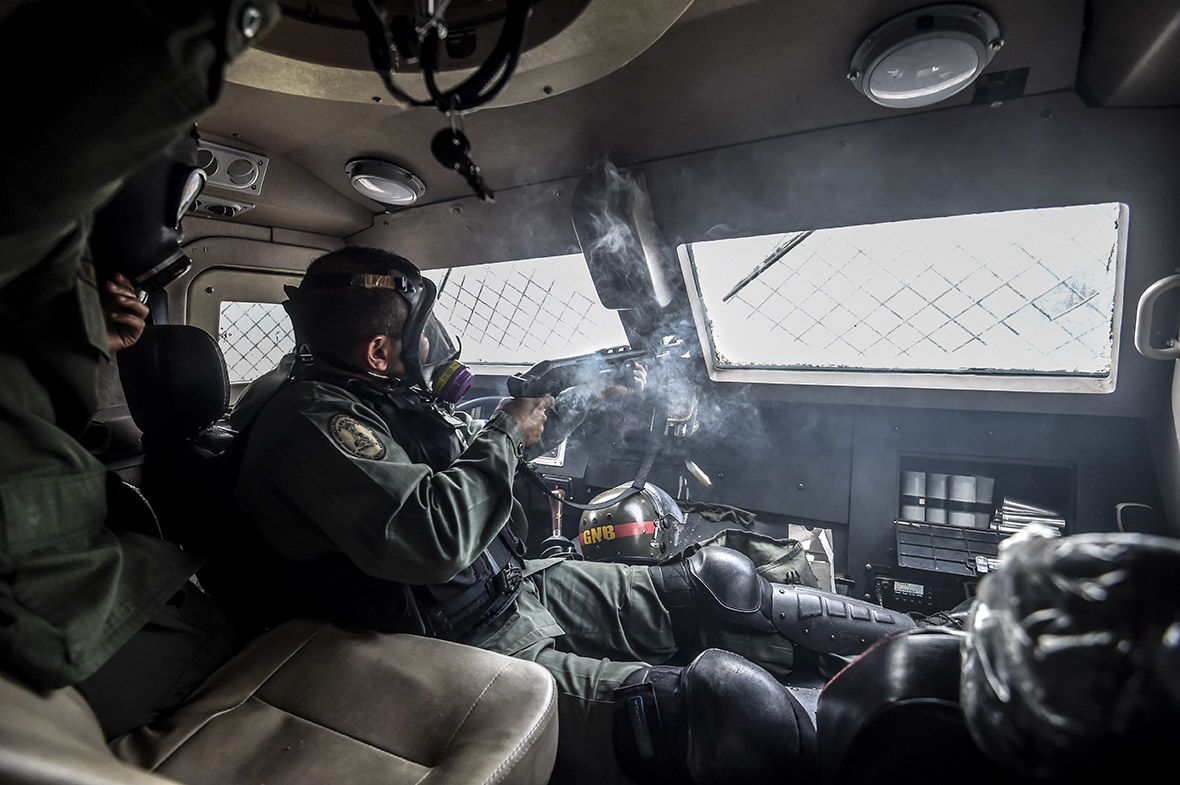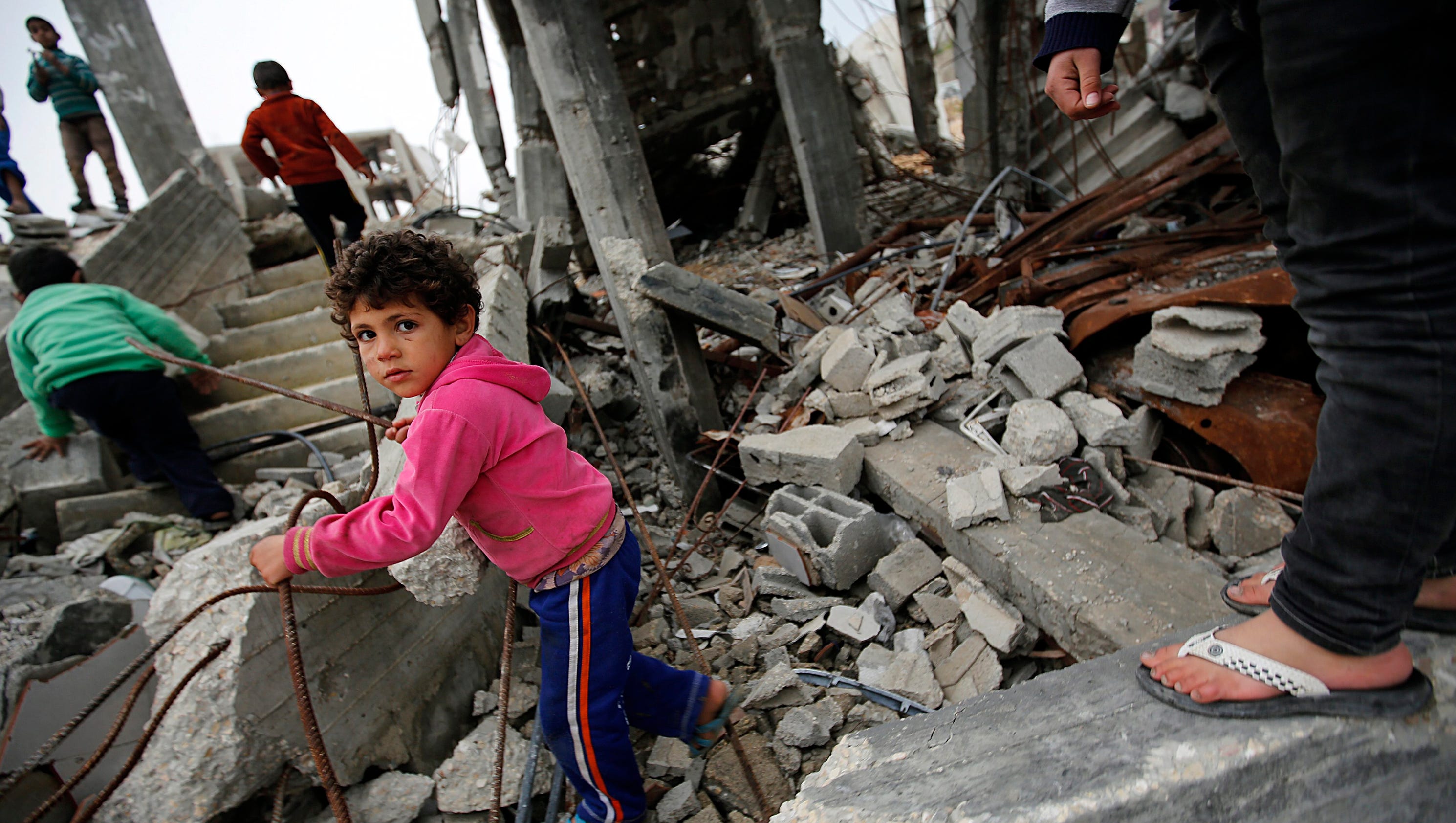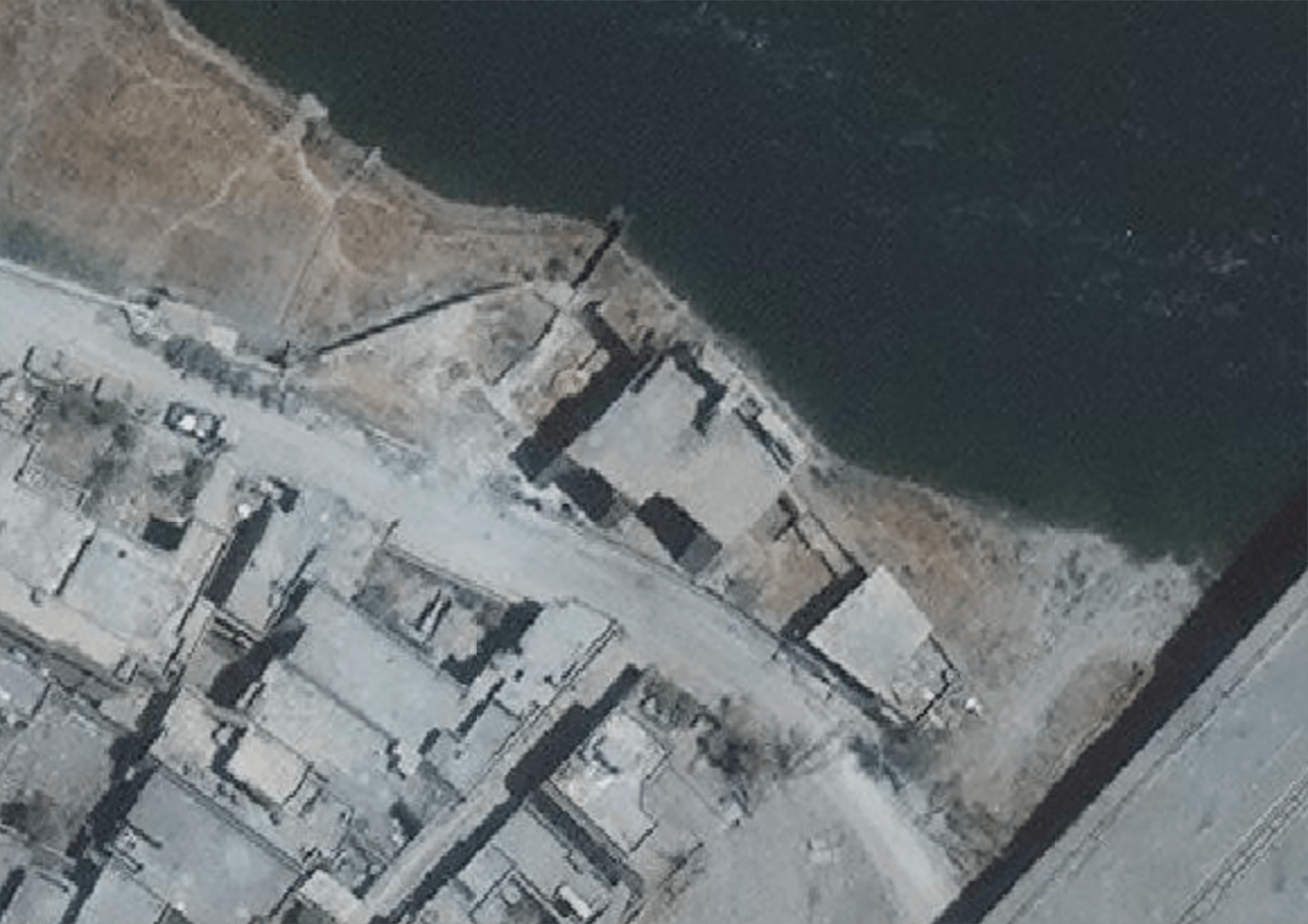Some facts on Venezuela under Chavez and now Maduro. When it comes to blame on why the country is in a tailspin and on the way to be a failed state where people are suffering beyond measure, rogue foreign leaders flock together and Obama/Brennan knew this was coming.
 VIR
VIR
Venezuela is part of SWIFT, the Society for Worldwide Interbank Financial Telecommunications. SWIFT knows precisely all the global transactions into and out of Venezuela including the country’s dealings with Syria, Iran, and Russia.
Related reading: Inside the Hell of Venezuelan Police Prisons
Venezuela has received at least $36 billion in loans from China that have helped finance two economic development funds focused largely on infrastructure projects. Five people in raids that we carried out in Caracas linked to the embezzlement of $84 million from the Chinese Fund and Bandes. Maduro pledged to stop the corruption. Right huh? What about $300 billion?
Oops, there is more: How about the loan for oil program?
Under Chavez, several global oil deals were signed that included India, China and Russia. Under Maduro, the production has failed to meet contractual agreements. Caracas needs the oil to pay debts to China and Russia, key political allies that have together lent Venezuela at least $50 billion in exchange for promised crude and fuel deliveries.
According to Reuters, former ministers Héctor Navarro and Jorge Giordani are accusing government workers of pocketing more than $300 billion in crude oil revenue over the past decade. They are demanding the government account for these funds and investigate into whose hands they went. Navarro has personally requested that “a state ethics council review the operations of the 13-year-old exchange control mechanism that opposition leaders have described as a ‘corruption machine.’”
Another former Chávez minister, Ana Elisa Osorio, petitioned the Republican National Council, a government watchdog group, to investigate the case. “In the last two years, we have found missing $20 billion from the Republic’s funds. This is why we resort here to calling for a meeting of regulators, the treasury, and the national attorney’s office,” Osorio said. More here.
Oh yeah, we cant leave out Goldman Sachs. In 2016, Goldman Sachs confirmed its asset management arm had bought $2.8 billion of another bond issued by Venezuela’s state oil company PDVSA at a steep discount.
 SantiagoTimes
SantiagoTimes
So on to some other facts that rogue leaders overlook, including the United States when it comes to heading off the tailspin and eventual failure of a state resulting in disgusting human rights violations.
2011: Iran began building intermediate-range missile launch pads on the Paraguaná Peninsula, and engineers from a construction firm – Khatam al-Anbia – owned by the Revolutionary Guards visited Paraguaná in February. Amir al-Hadschisadeh, the head of the Guard’s Air Force, approved the visit, according to the report. Die Welt cited information from “Western security insiders.”
In 2015: Drug smuggling is thought to be on the rise in Venezuela, with many public officials complicit. According to the BBC, the US has already sanctioned at least 50 whom it accuses of human rights abuses and drug trafficking.
Pressure on the drug trade in neighbouring Colombia appears to have forced many narco-traffickers over the border. While Venezuela does not grow the coca plant or manufacture cocaine, estimates in the US State Department’s annual International Narcotics Control Strategy Reports suggest that between 161 and 212 metric tons of cocaine are shipped from the country each year, although data is scarce.
In its most recent such report, published in March 2015, the US State Department reported that “public corruption is a major problem in Venezuela that makes it easier for drug-trafficking organizations to move and smuggle illegal drugs”. More here.
 IBTimes
IBTimes
Related reading: Trump should muster an international rescue of Venezuela
2017: Maduro named Tareck El Aissami as the Vice President.
That means that, in a country of complete and utter chaos — where people are starving, healthcare is nonexistent, electricity is scarce, and vigilante justice is becoming a norm — a suspected terrorist is one heartbeat away from the highest office in the land.
El Aissami is a known entity in the world of US intelligence. He is allegedly a part of Venezuela’s state drug-trafficking network and has ties to Iran, Syria, and Lebanese terrorist group Hezbollah.
Joseph Humire, coauthor of “Iran’s Strategic Penetration in Latin America” and founder of the Center for a Secure Free Society (SFS) think tank, testified to the same effect before the House Committee on Foreign Affairs last year.
“Over the years, El Aissami developed a sophisticated, multi-layered financial network that functions as a criminal-terrorist pipeline bringing militant Islamists into Venezuela and surrounding countries, and sending illicit funds and drugs from Latin America to the Middle East.
“His financial network consists of close to 40 front companies that own over 20 properties with cash, vehicles, real estate and other assets sitting in 36 bank accounts spread throughout Venezuela, Panama, Curacao, St. Lucia, Southern Florida and Lebanon. This network became integrated with the larger Ayman Joumaa moneylaundering network that used the Lebanese Canadian Bank to launder hundreds of million of dollars and move multi-ton shipments of cocaine on behalf of Colombian and Mexican drug cartels as well as Hezbollah.
“This immigration scheme is suspected to also be in place in Ecuador, Nicaragua and Bolivia, as well as some Caribbean countries.”
In 2016: A jury in New York found two relatives of Venezuelan President Nicolas Maduro guilty on Friday of attempting to import 800 kilograms of cocaine into the United States. Franqui Francisco Flores de Freitas and Efrain Antonio Campo Flores, both nephews of Maduro’s wife Cilia Flores, were arrested in November 2015 in Haiti in an investigation that saw Drug Enforcement Agency (DEA) informants pose as Mexican traffickers and meet with the nephews. More here.
Further on that case during trial it was revealed that Flores and Campo are the nephews of Cilia Flores, the wife of President Maduro and a politician in her own right. According to trial testimony, they were planning to move cocaine for the Revolutionary Armed Forces of Colombia (FARC) through Venezuela via the president’s private hangar at the Simon Bolivar International Airport in Caracas.
They expected the deal to bring them as much as $11 million, some of which was to be used to help fund Cilia Flores’ re-election campaign.



 ABC
ABC


 Geek.com
Geek.com
